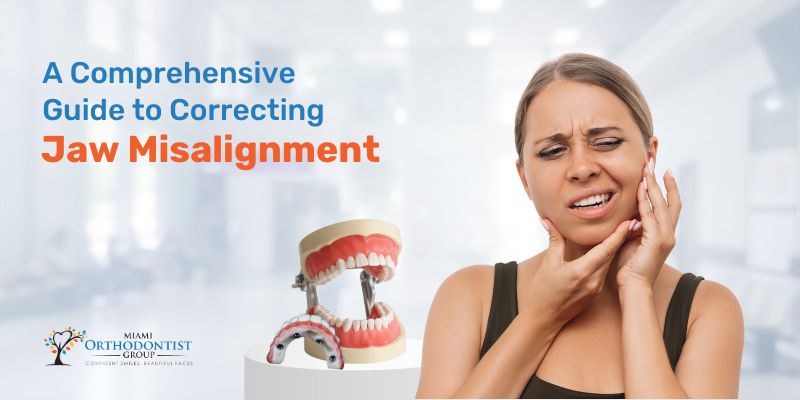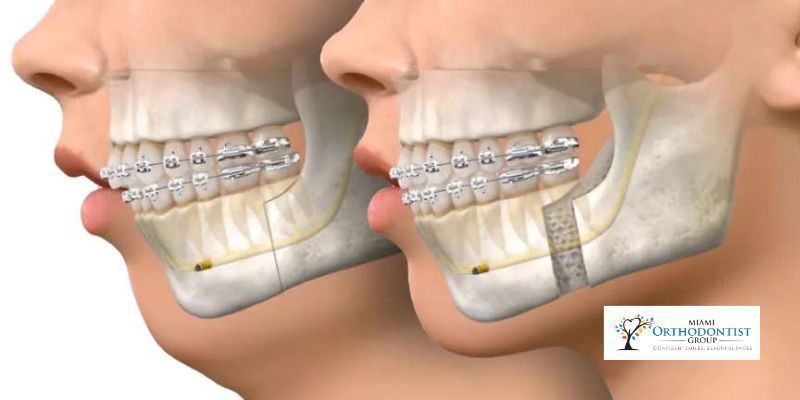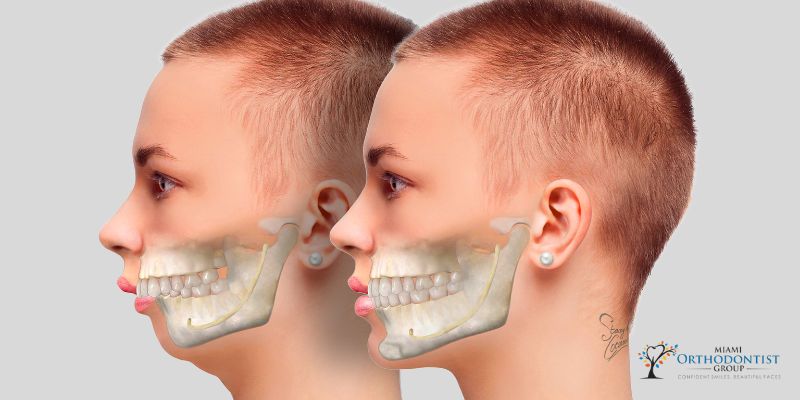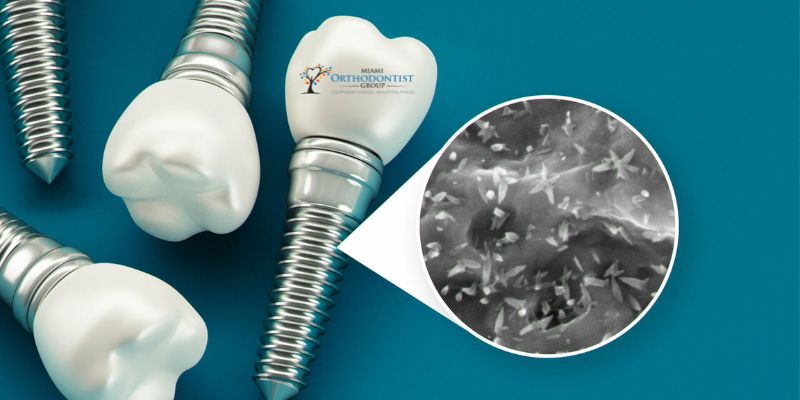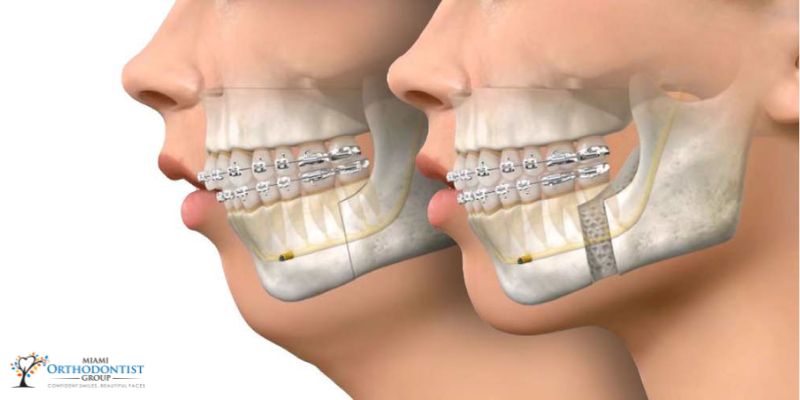Dental appliances, whether braces, Invisalign, or orthodontic appliances, play a crucial role in orthodontic treatment.
Orthognathic Surgery, Jaw Misalignment, Jaw Pain, Orthodontic Treatment.
Jaw misalignment, or malocclusion, can lead to many issues, ranging from difficulties in chewing and speaking to facial asymmetry and even breathing problems.
Malocclusion, or jaw misalignment, can cause many problems, including trouble speaking, breathing, and chewing.
Orthognathic surgery, a transformative intervention in oral and maxillofacial surgery, is pivotal in enhancing oral health by addressing a spectrum of bite issues.
The field of dentistry has evolved significantly over the years, and one of its specialized branches, dentofacial orthopedics, plays a crucial role in correcting skeletal and dental irregularities. Dentofacial orthopedics is a subspecialty that focuses on diagnosing, preventing, and treating complex issues related to the alignment of the teeth and jaws. This comprehensive guide will …
Continue reading "A Comprehensive Guide to Dentofacial Orthopedics: From Diagnosis to Treatment"
A beautiful smile is a powerful asset. It boosts confidence, enhances one’s appearance, and can leave a lasting impression on others. However, not everyone is born with perfectly aligned teeth. Crooked, crowded, or misaligned teeth can affect oral health and self-esteem. Traditionally, braces were the go-to solution for correcting these issues, but they come with …
Continue reading "Straightening Teeth Without Braces: A Comprehensive Guide to Invisalign"
Millions of people worldwide suffer from the common sleep disease known as obstructive sleep apnea (OSA). It is caused by the obstruction or narrowing of the upper airway, which results in snoring and irregular breathing while you sleep. OSA can harm health, including a higher risk of diabetes, heart disease, and stroke. Orthognathic surgery, which …
Continue reading "How Can Orthognathic Surgery Treat Sleep Apnea?"
Nanotechnology is a field of science that studies particles at the nanometer scale. Nanoparticles are tiny, measuring less than 100 nm in size. Over the past few decades, researchers have made significant progress in developing nanotechnology and its application in various fields, including medicine and dentistry. Dentistry, like any other field of medicine, has significantly …
Continue reading "Nanotechnology: An Emerging Trend in Dentistry"
Did you know that 20% of people have severe facial growth deformities to a higher degree? You might find this alarming at first. A substantial facial defect isn't always as easy as people may assume.



